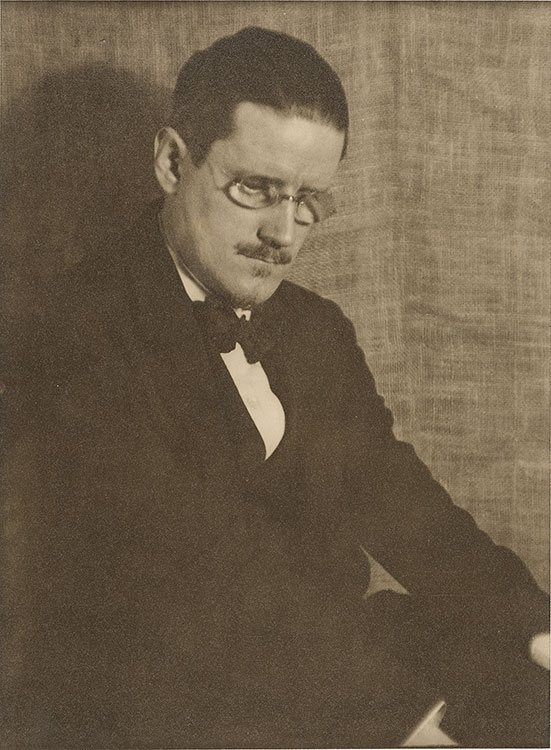
The manuscript of Ulysses is a palimpsest of Joyce’s restless mind and holds the key to how his imagination worked. While the novel’s structure, based on the Odyssey, and its plotlines were stable, the act of writing for Joyce was filled with excitement and possibility. As well as the story of a day in Dublin, Ulysses is about style in narrative— how many systems can compete in a single page or episode. As Joyce worked, nothing was fixed.
Nothing was arguably fixed even after the book was published. There were slight changes--corrections and new errors--each time Ulysses appeared. An account by the scholar Luca Crispi in 2019 summed up the surviving evidence of Ulysses’ composition: 100+ pages of notes, about 39 handwritten drafts, 1,400+ pages of typescript, approximately 5,000 pages of galley and page proofs, and a fair copy manuscript of 800+ pages. The forms and volume of material related to the novel’s composition led to controversial efforts to establish a definitive text—a task that was not satisfied until the 1984 edition, edited by Hans Walter Gabler. For some scholars, that text was not entirely free from controversy. This section of the exhibition features some of Joyce’s plans and sources for the novel and considers his creative practice in manuscript and proofs through the lens of two episodes: “Sirens” and “Cyclops.”
Man Ray (1890–1976)
James Joyce, 1922
Gelatin silver print
The Morgan Library & Museum, gift of Sean and Mary Kelly, 2018; 2018.21
© 2022 Man Ray Trust / Artists Rights Society (AR), New York / ADAGP, Paris
